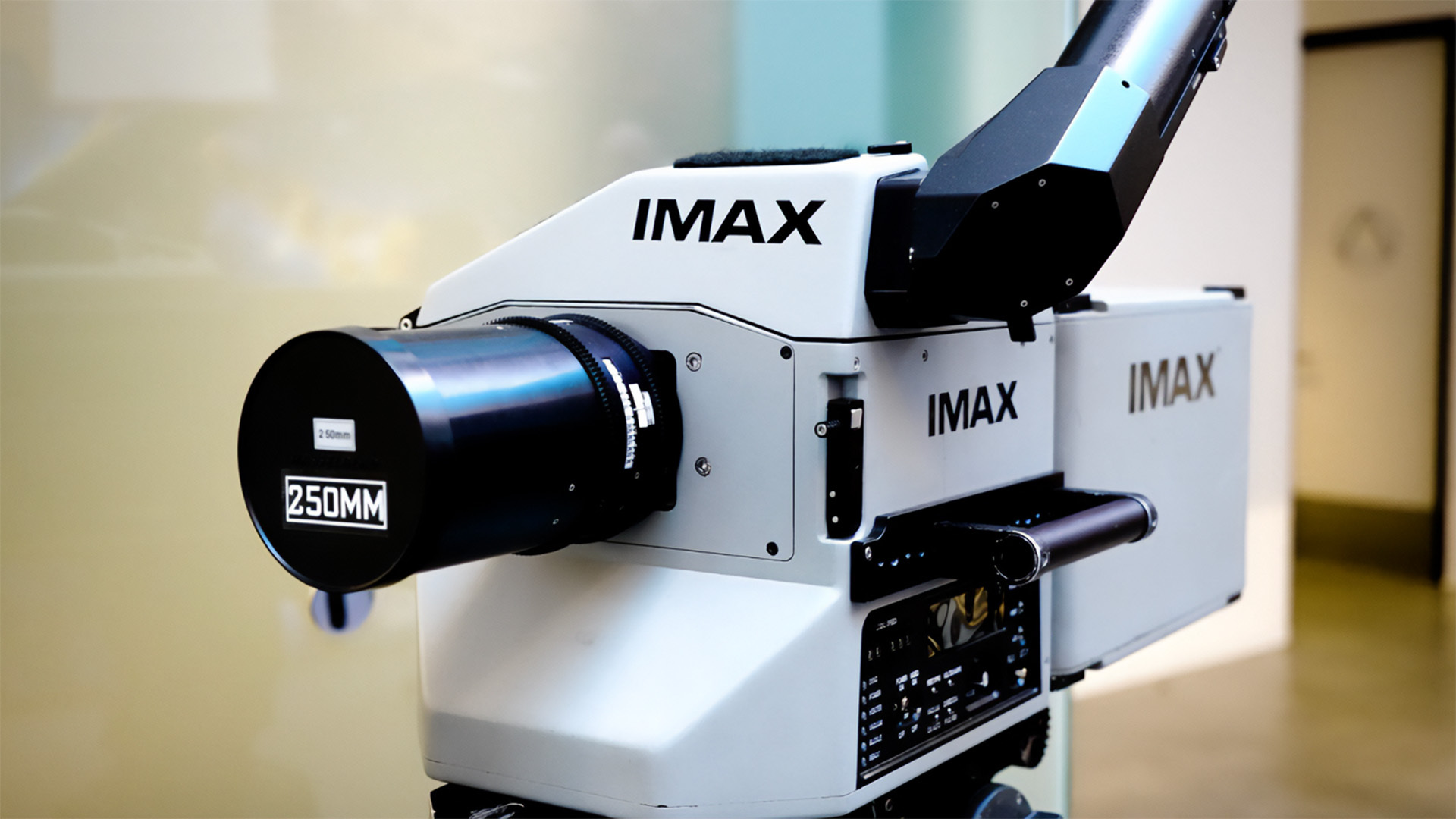
Imagine you're sat in front of a screen that fills every millimeter of your peripheral vision. Sound surrounds your ears in a way that demands your attention — you'd struggle to look away if you tried. The image clarity forces you to share the anxiety as sweat beads ooze from the pores of a physicist who's praying the bomb he pioneered goes off as planned.
That's the all-encompassing, movie-watching experience you get when plop down in an IMAX theater seat. Although the best TVs are better than ever, and there's all sorts of accruements you can buy to create the ultimate home theater, you can't fit a screen over 1,000 inches on the diagonal in your living room.
There's nothing wrong with going to great lengths to enjoy movie night at home. But if you want the most immersive and, arguably, the most impactful cinematic escapades, IMAX is hard to beat. And if the premium ticket prices deter you, perhaps you'd like to learn a little bit about what makes IMAX worth it.
We were curious ourselves, at least. So we visited IMAX headquarters in Canada to meet with their experts and see first-hand the kind of technology that compelled esteemed filmmakers Christopher Nolan and James Wan to shoot Oppenheimer and Aquaman and the Lost Kingdom (in theaters December 22), respectively, with IMAX in mind.
Check out our video above for our behind-the-scenes tour we took alongside our colleagues at CinemaBlend, and read on below for some of biggest IMAX benefits we encountered.
The IMAX camera is unmatched
An IMAX camera isn't your average movie camera. For one, there is a very limited quantity of IMAX cameras available for filmmakers around the world to use — that's why not every movie is shot with IMAX cameras.
The frames running through an IMAX camera are much larger than those for the conventional 35-millimeter film format. This delivers more details for each and every frame, pushing the IMAX camera's resolution up to 18K. For reference, the average film camera maxes out at just 8K.
"You can see that reality of a scene," said David Kempling, Director of Camera Operations for IMAX, speaking about the IMAX camera's abilities. "There's a quality there that becomes part of the entire experience."
When watching a film like Oppenheimer, where entire scenes unfold through the emotions moving across Cillian Murphy's face, the IMAX camera unlocks an imposing degree of intimacy. Viewers are able to witness nuances they probably wouldn't otherwise — nuances that could make or break impressions of the film, depending on who you ask.
Sound isn't an afterthought
We reckon most people don't give much thought to the speakers inside a movie theater. But in IMAX, sound is far from an afterthought. In fact, as we learned during our visit, sound mixing is a crucial step in bringing an film to life in an IMAX theater.
"When something explodes, you're able to literally feel it and feel like you're a part of it."
By the time a movie makes it to IMAX's HQ, the production has already taken intentional measures to mix the film for an IMAX presentation's 12-channel surround sound. In an IMAX theater, there are more channels, which you can think of as sound sources, than you get at home. A fully-built home theater has 5-channel sound, for comparison.
The sound mixing accounts for all the different locations of speakers in a theater — from the ones on the sides to the ones overhead, in the back of the auditorium and more. More speakers mean more substantial surround sound, but the mixing also means more purposeful sound placement. In IMAX sound moves around you in a defined manner, as though you were sat in the middle of the actual scene you're watching, with sound coming from the direction of its source.
"IMAX's sound system completely different than everyone else's," said Peter Ogborn, Director of Production DMR and Sound for IMAX. "When something explodes, you're able to literally feel it and feel like you're a part of it."
Every seat is a good seat
We've always wanted to know which seat the the people who design movie theaters would sit in if they had their pick. So, one question we asked almost everyone we spoke to at IMAX is, "what's the best seat in the house?"
"Part of a designer's job is to ensure that every seat in the auditorium is designed in way where can see the full span of the screen," said Alex Crabbe, Manager of Theatre Design for IMAX. "Every seat is the best seat in the house."
We know that everyone has their preference, but this should give you a bit of reassurance when you purchase your ticket.
Still, we wanted to see for ourselves. We visited an auditorium to with one of the largest IMAX screens in the country: AMC Lincoln Square 13's IMAX screen measures 97 feet wide and 76 feet tall. Arriving early for a showing of Oppenheimer, we experimented with our seat choices. No matter where we sat, the screen filled our entire peripheral vision. Having our pick of the lot, we settled in an row approximately one-third of the way up, a few seats in from the aisle. Easy access to the concession stand is a priority for some of us, after all.
We'll take our learnings when we make our way back to an IMAX theater for Aquaman and the Lost Kingdom when the film makes it worldwide debut later this month.







